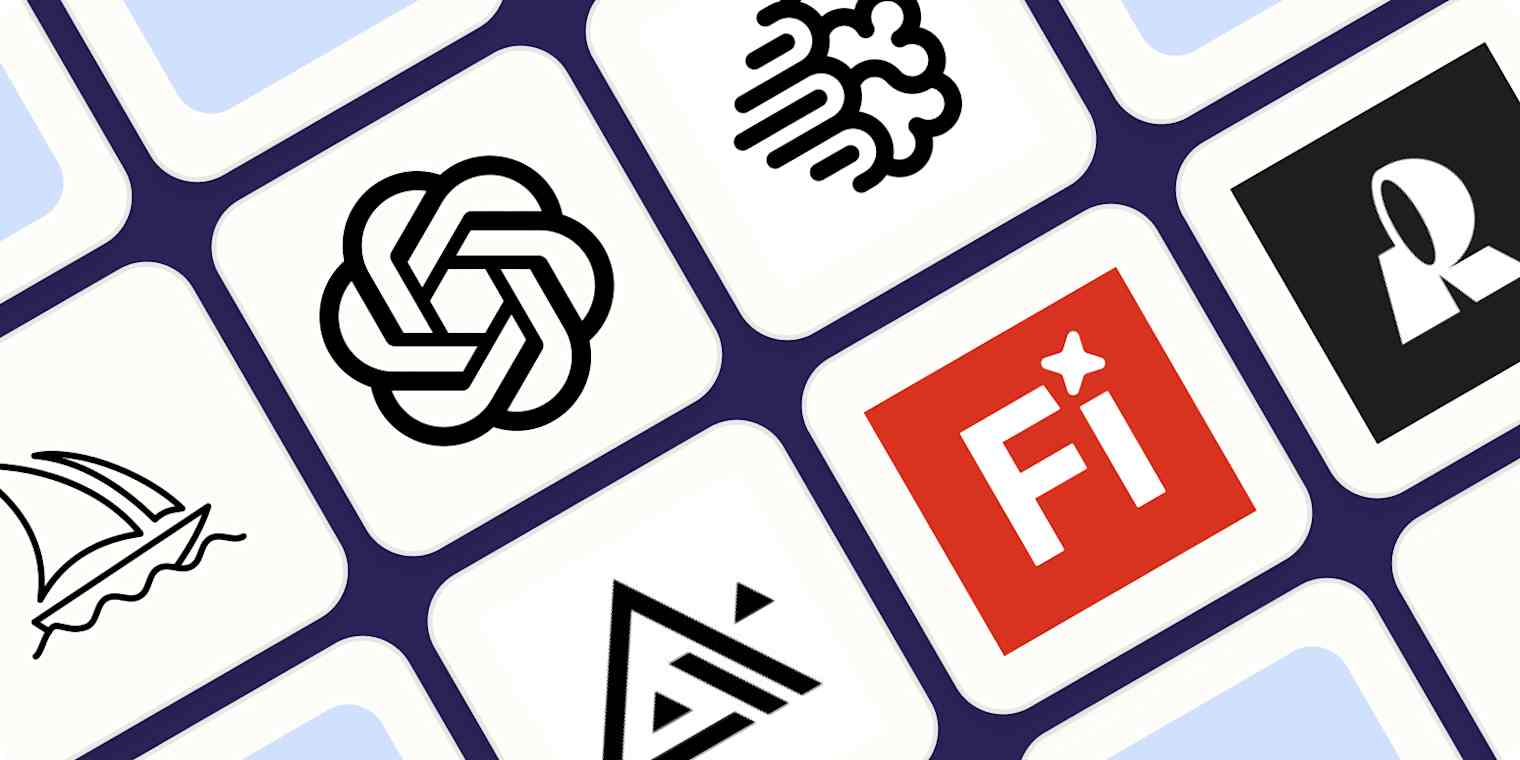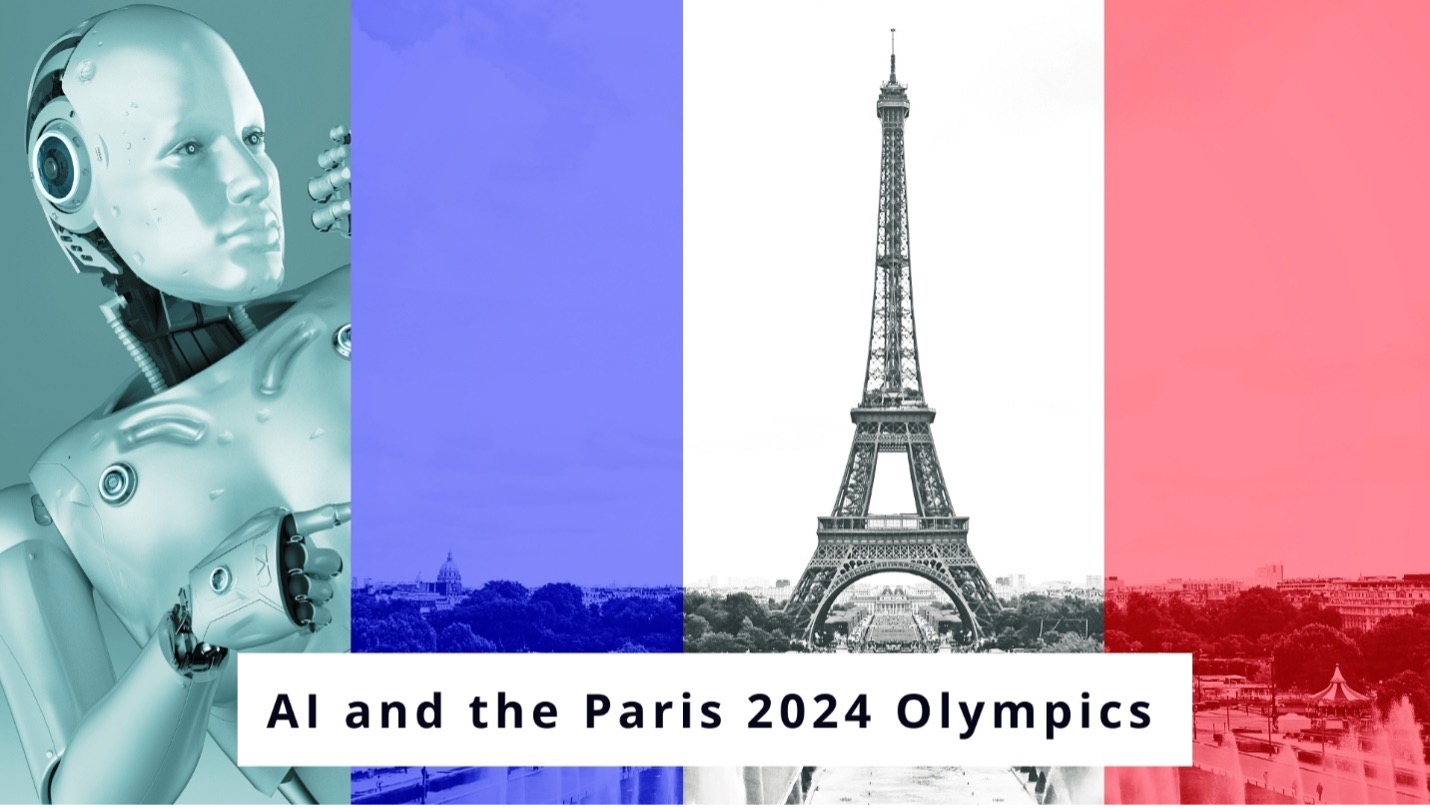4o Image Generation: The New Frontier of AI Visual Creation
In March 2025, OpenAI unveiled its groundbreaking 4o Image Generation technology, integrated directly into its GPT-4o AI language model. This innovation represents a significant advancement in AI-powered visual creation, moving beyond traditional image generation to offer truly conversational and contextual image creation and editing.
Revolutionary Capabilities
The 4o Image Generation model introduces several game-changing features:
- Native Multimodal Processing: Unlike previous systems, 4o processes image data directly as tokens alongside text, enabling seamless integration between text understanding and image creation.
- Conversational Image Editing: Users can refine images through natural conversation while maintaining visual consistency across iterations.
- Enhanced Text Rendering: The model significantly improves text rendering within images, solving a persistent challenge that plagued earlier models.
- Image Analysis and Incorporation: The system can analyze uploaded images and incorporate their details into new generations.
- Photorealistic Output: 4o delivers remarkably realistic images that approach photographic quality in many cases.
Expert Perspectives
Allie K. Miller, one of the most followed voices in AI business, notes that "4o Image Generation represents a fundamental shift in how we interact with AI for visual creation. The conversational nature of the tool makes complex image editing accessible to everyone, democratizing capabilities that were once limited to professional designers."
Meanwhile, Andy Pardoe, global AI influencer and founder of Pardoe AI, emphasizes the technical achievement: "What's truly remarkable about 4o is its multimodal architecture. By processing images directly as tokens within the same neural network as text, OpenAI has created a much more flexible and powerful system than previous diffusion-based approaches."
Practical Applications
The technology is already finding applications across various sectors:
- Design and Marketing: Creating custom graphics, logos, and promotional materials through simple text instructions.
- Content Creation: Developing illustrations, diagrams, and visual content for articles, presentations, and educational materials.
- Product Visualization: Generating product mock-ups and demonstrations for business planning and marketing.
- Creative Exploration: Enabling artists and designers to quickly iterate through visual concepts through conversation.
Ethical Considerations and Media Reality
The advancement of 4o Image Generation raises important questions about media authenticity. OpenAI CEO Sam Altman acknowledged the complex balance, stating: "This represents a new high-water mark for us in allowing creative freedom. People are going to create some really amazing stuff and some stuff that may offend people."
While OpenAI includes C2PA metadata in all generated images, the technology further underscores the importance of media literacy in an era where visual content can be manipulated with unprecedented ease. As Rachel Woods, AI influencer and former Facebook data scientist, points out: "Technologies like 4o don't change what has always been true—we judge information by the reputation of its messenger, not just the pixels themselves."
The Road Ahead
The introduction of 4o Image Generation marks a significant milestone in AI's visual capabilities, but it also signals a new chapter in the ongoing conversation about intellectual property, artistic authenticity, and media literacy. As these technologies continue to evolve, society will need to adapt its frameworks for understanding and verifying visual information.
For creators, businesses, and users, the technology offers exciting new possibilities while demanding thoughtful consideration of its ethical implications. As AI-generated imagery becomes increasingly indistinguishable from human-created content, our relationship with visual media will continue to transform in profound ways.


